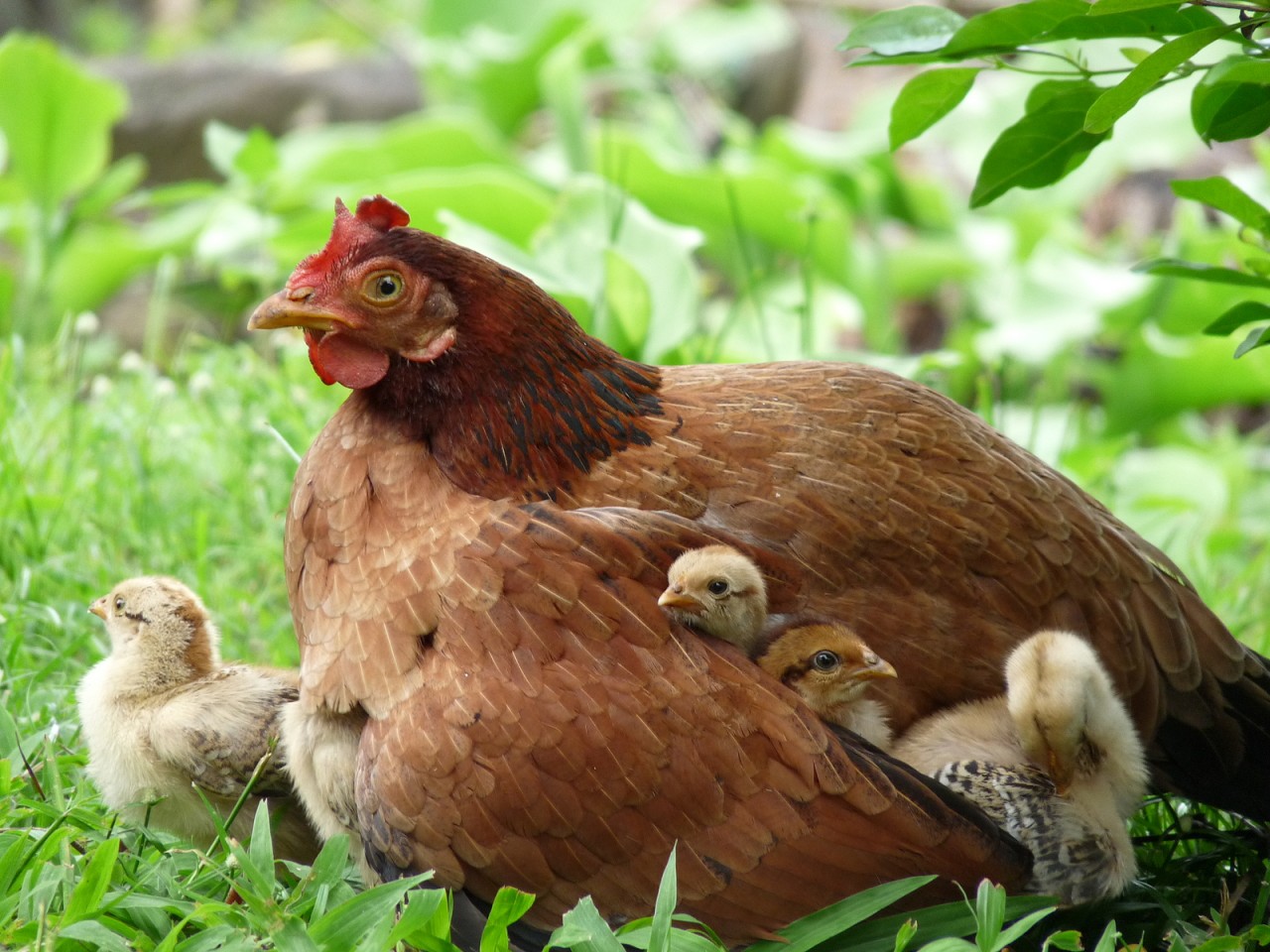One of the challenges in edible gardening is dealing with shade. Finding just the right spot for your garden can be difficult. On the back of many seed packets there’s information that will tell you what the growing requirements are for that particular seed. Almost always, it indicates the required sun exposure. To clarify, sun exposure is typically described in three ways: full sun, partial shade (or dappled sunlight) and full shade.
“Full sun” is describing an area that (between the hours of 10am and 6pm) receives 6 or more hours of direct sunlight per day. “Partial shade” is referring to areas that receive 3-6 hours of direct sunlight or, that receive dappled sunlight through tree canopies, and “full shade” is talking about areas that do not receive any direct sunlight during the course of a day.
So, the question begs, “Can vegetables be grown in partial or full shade areas?” Simply put, yes, some can. Even though most vegetables perform better in full sun areas, there are ones that will tolerate the shade and almost seem to prefer it. Here’s a few benefits of shade gardening:
1) You typically don’t have to water as often. Moisture evaporates slower in shady areas, so your plants stay hydrated longer. During the long, hot stretch of summer, the need for watering is reduced. There are only a couple of times that this is not the case. If your vegetables are competing with trees or other plants for water, or if the canopy is so dense that rainfall cannot reach the garden area, then you might need to water on a regular basis.
2) It’s likely that you won’t have to fight as many weeds. Germination rates are not as good in the shady areas, and less weeds mean less maintenance. This also means that starting your own seeds might be a little more difficult. Choosing to start your seeds indoors or buying transplants can be a better choice for growing in shady areas.
3) Shade offers protection. When our Oklahoma summers are scorching hot, your plants are not suffering as much. Instead of standing in the punishing heat, they can enjoy the benefits that the shade offers. The coverage that the canopy provides oftentimes reduces hail damage and can also reduce stress that plants may suffer from wind damage.
When evaluating your yard you will probably find that the shady areas are under trees, hedges or next to a structure or fence. There are a few things you can do in order to create a more conducive growing area and to be prepared.
1) Amend your soil by adding some quality compost. This will give your new plants a fighting chance.
2) Educate yourself on how to fight slugs and snails. Dark and damp areas tend to attract slugs and snails, toads and even mice. You will not see the same type of damage that heat-loving pests bring, but you will see other forms of damage, so educate yourself and be prepared.
3) Wait patiently. When growing in the shade, vegetables mature at a slower rate. Don’t get impatient! Continue to take care of your plants, and you will see them reach maturation and produce fruit.
In Psalms 91:4, we see a beautiful analogy. It says, “He will cover you with His feathers, and under His wings you will find refuge; His faithfulness will be your shield and rampart.” In the same manner that a hen protects her chicks under her wing, a canopy of shrubs and trees protects tender vegetables beneath it and God protects His children. There are benefits that exist in the shade!
We are living in perilous times, and it seems like difficulty surrounds us. It’s easy to get caught up in politics or current events and to feel shaken and afraid. Our loving, Heavenly Father longs to offer us His protection, but we must move in close and stay there. Let me encourage you to not run away from God but to run into Him. He loves you. His love is immeasurable, and His protection is infinite. Do yourself a favor and get in His shade!




